1-PT - UP TO SECOND LEVEL,
AWAY FROM VIEWER (STATION POINT)
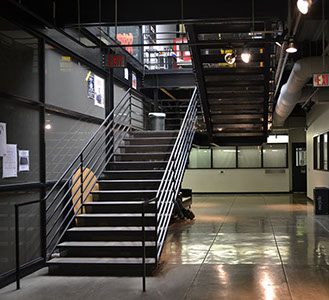
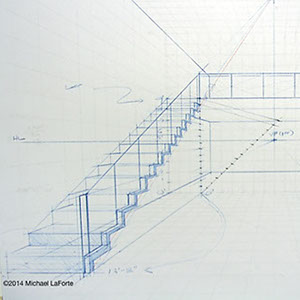
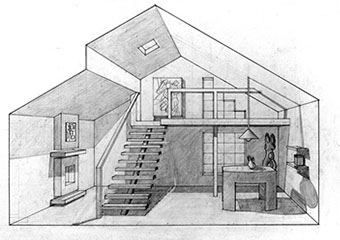
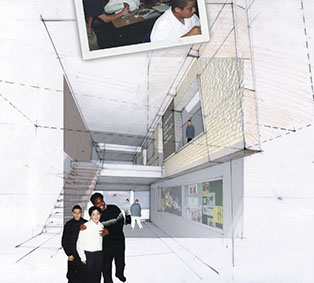
1-PT - DOWN FROM SECOND LEVEL AND AWAY FROM VIEWER
(STATION POINT)
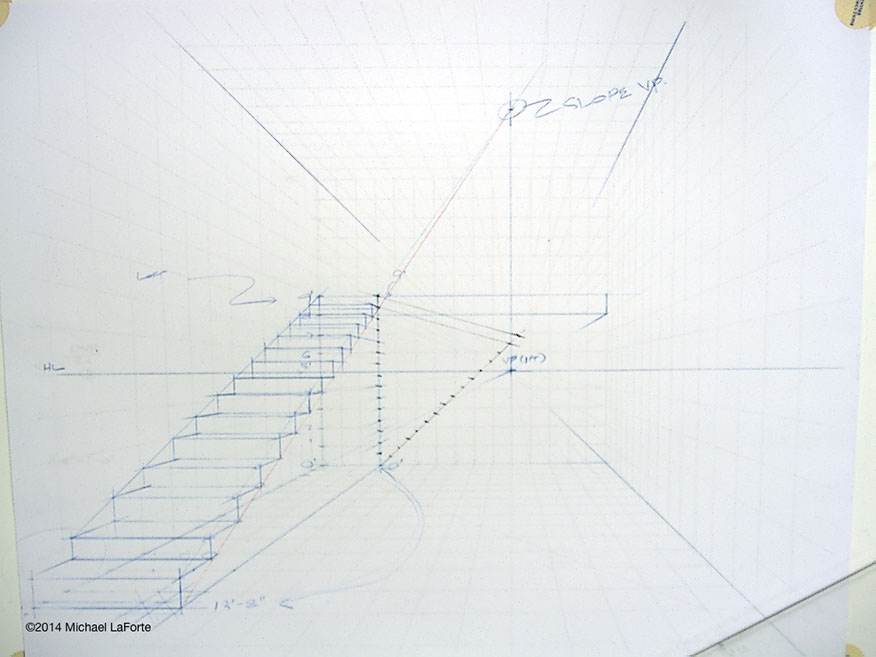
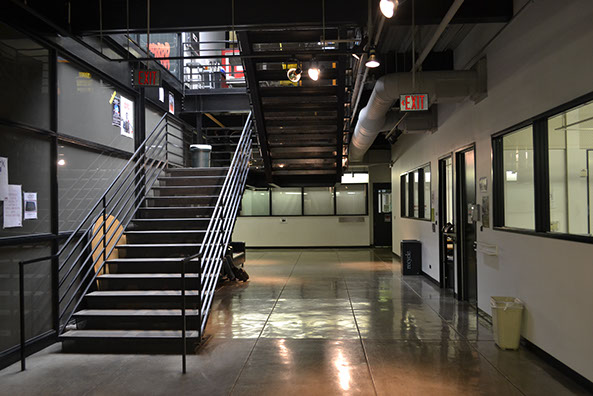
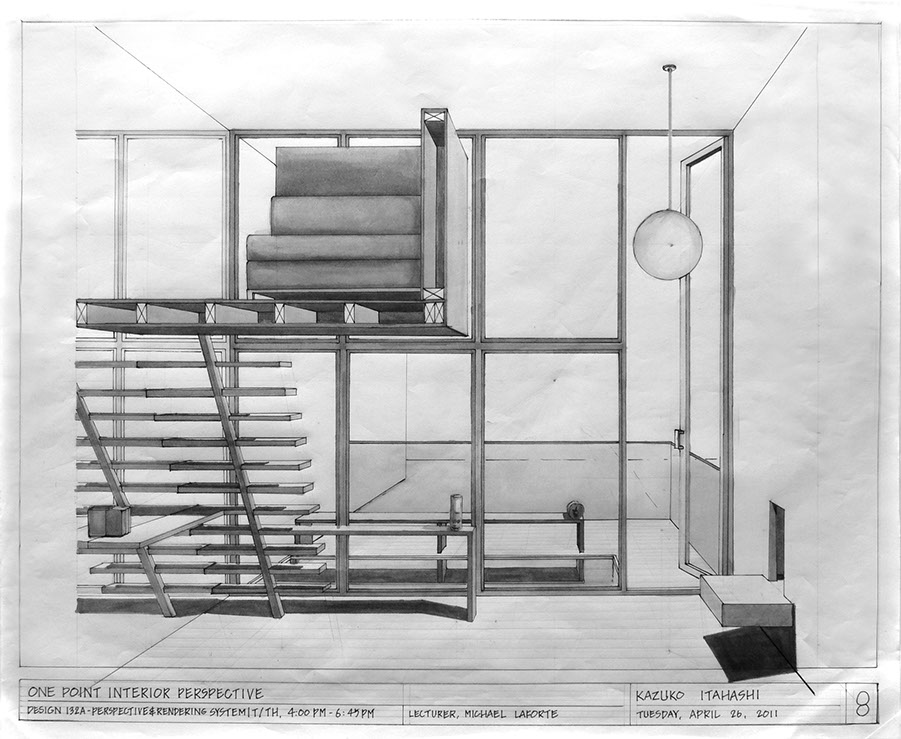
1-PT - PARALLEL TO BACK WALL
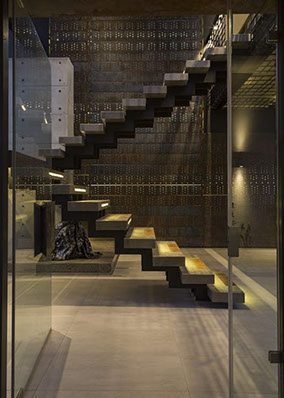
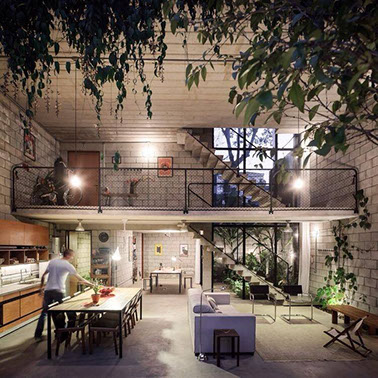
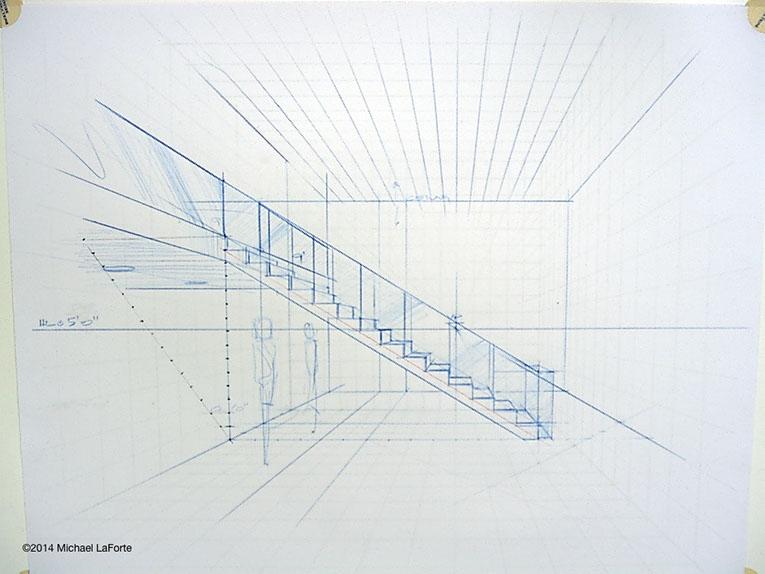
2-PT - UP TO SECOND LEVEL, AWAY FROM VIEWER (STATION POINT) -
TO LEFT OR RIGHT
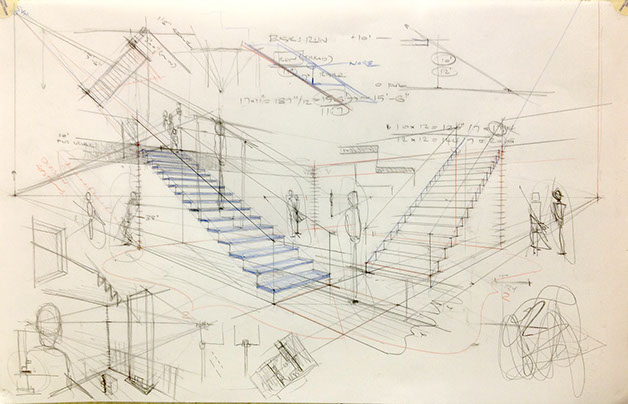
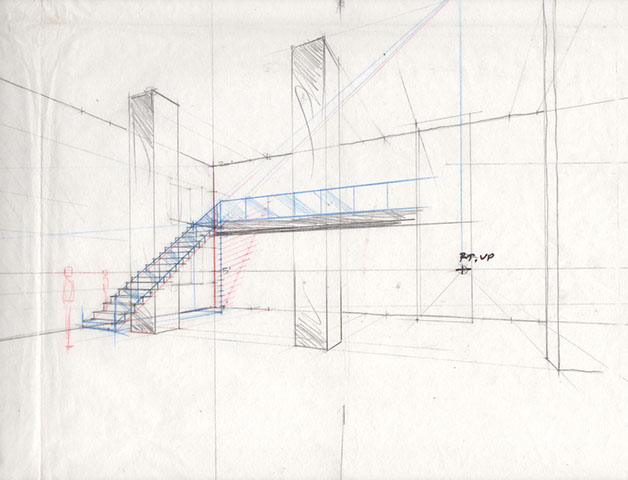
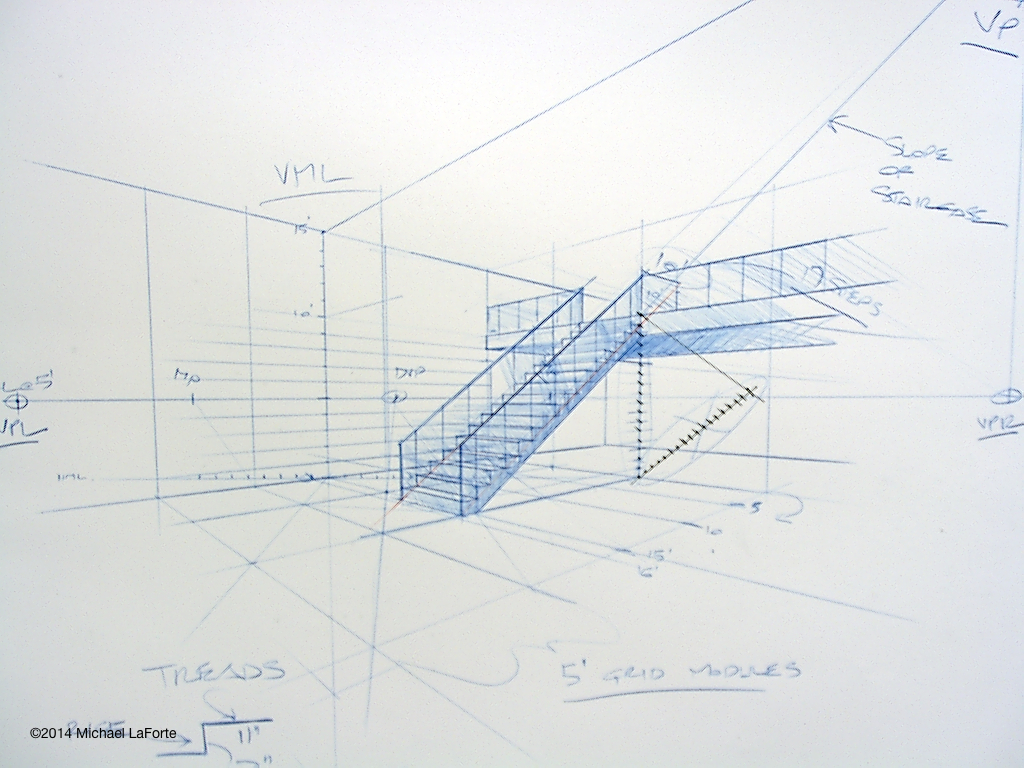
2-PT - STAIRS WITH LANDINGS
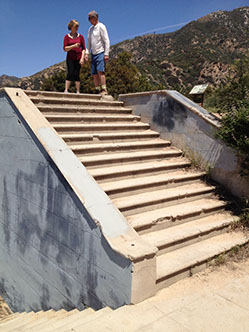
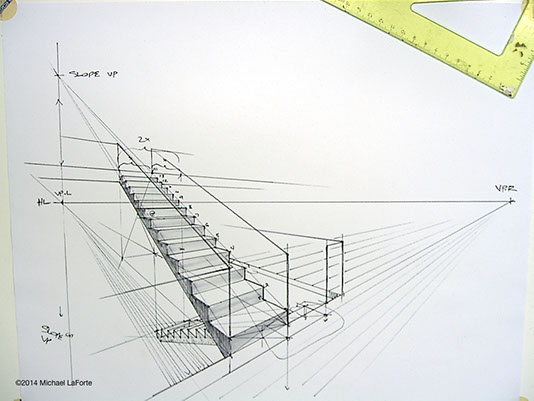

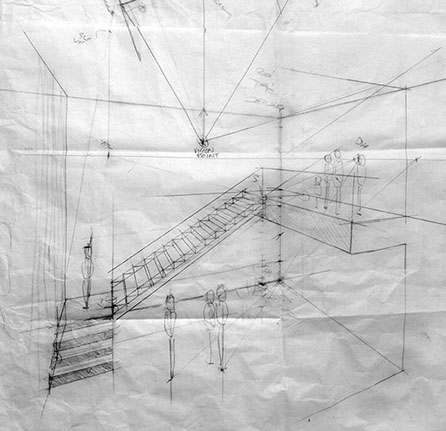
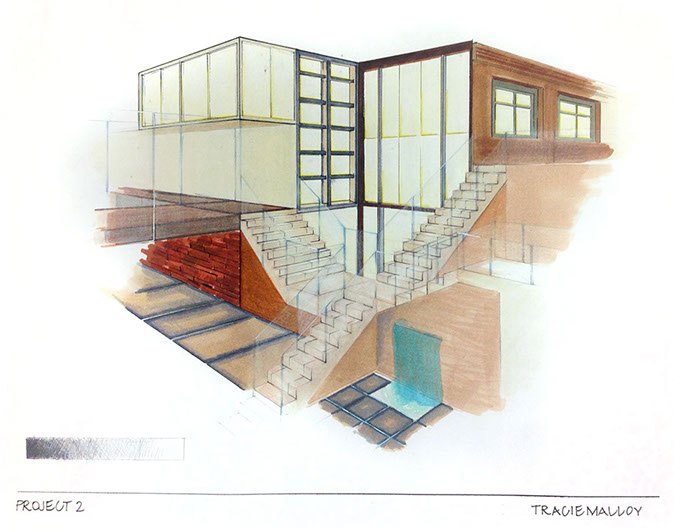
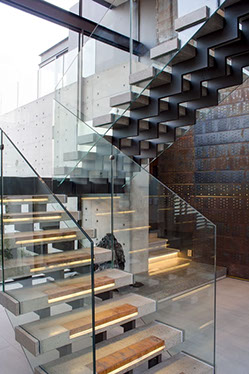
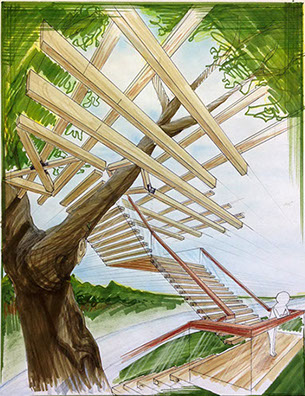
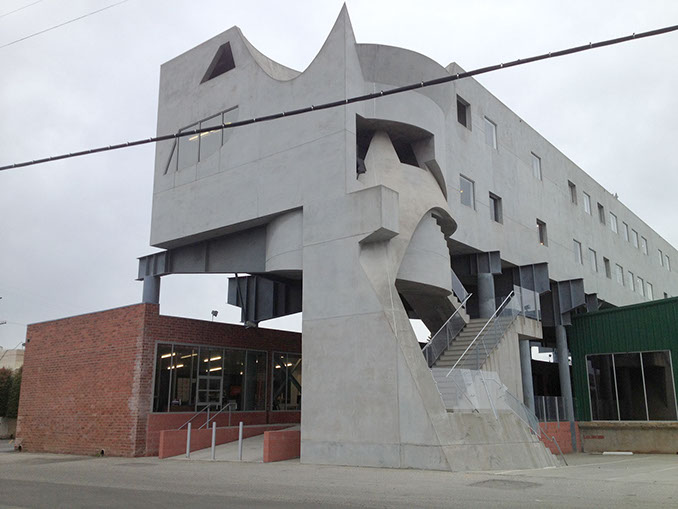
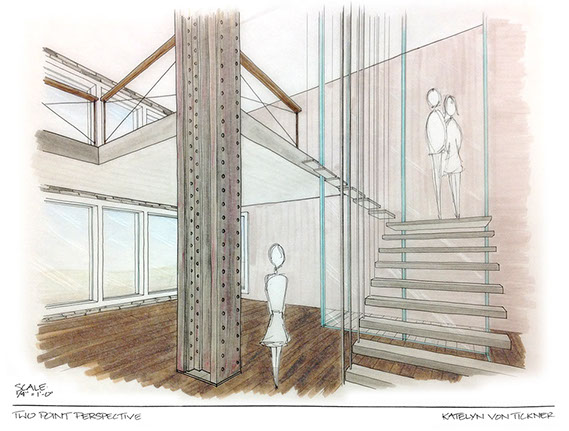
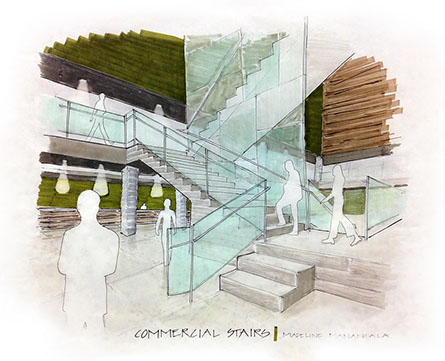
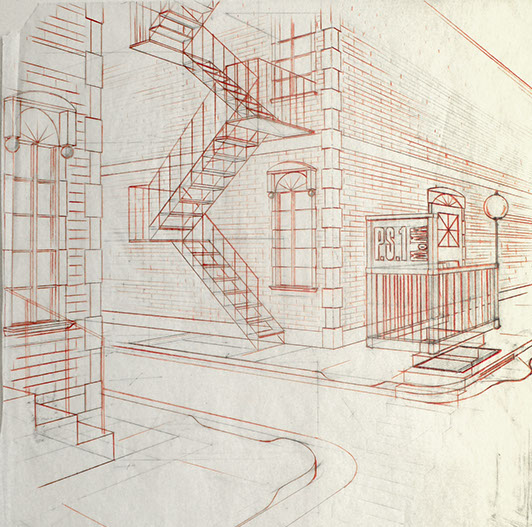
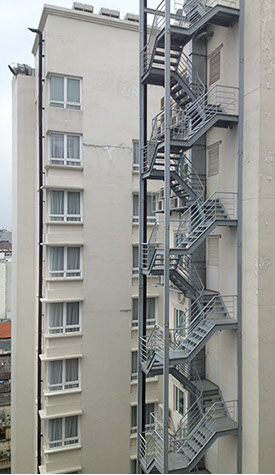
HL
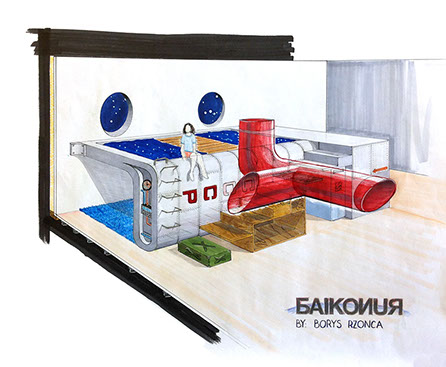
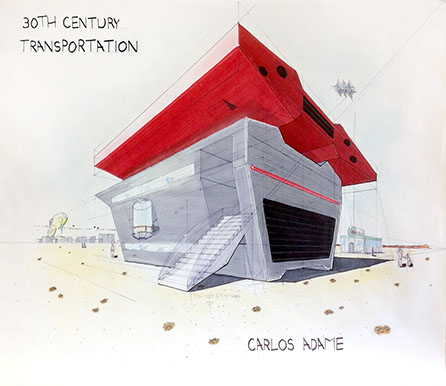
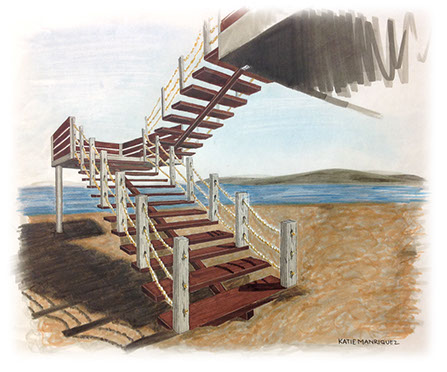
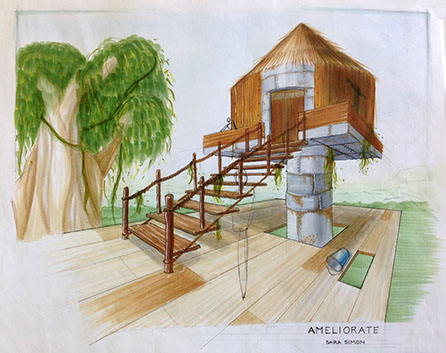
SPIRAL STAIRCASES
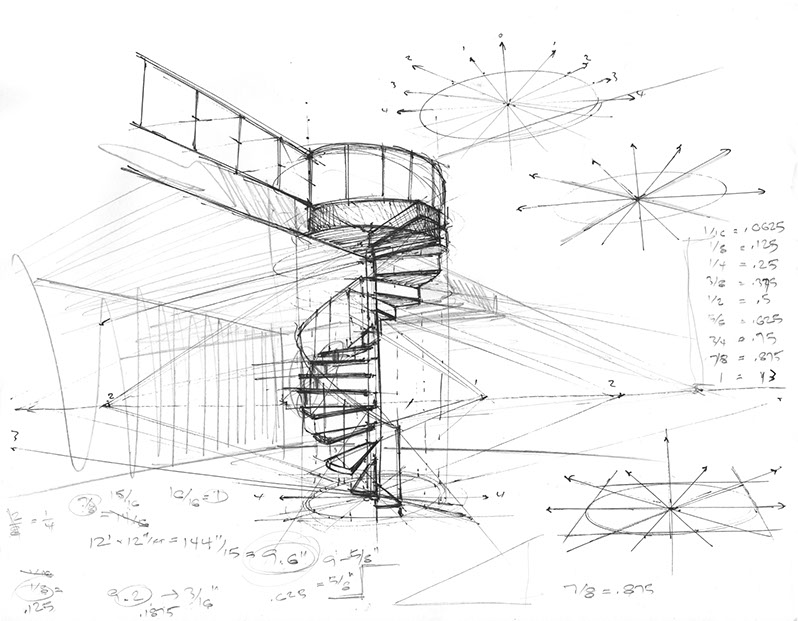
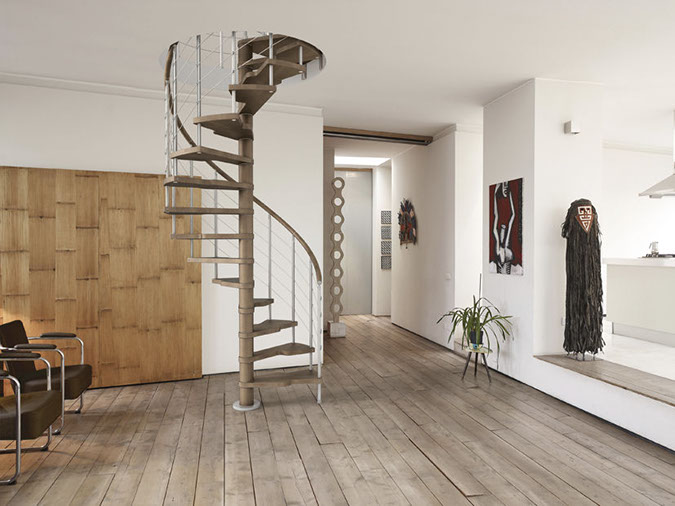
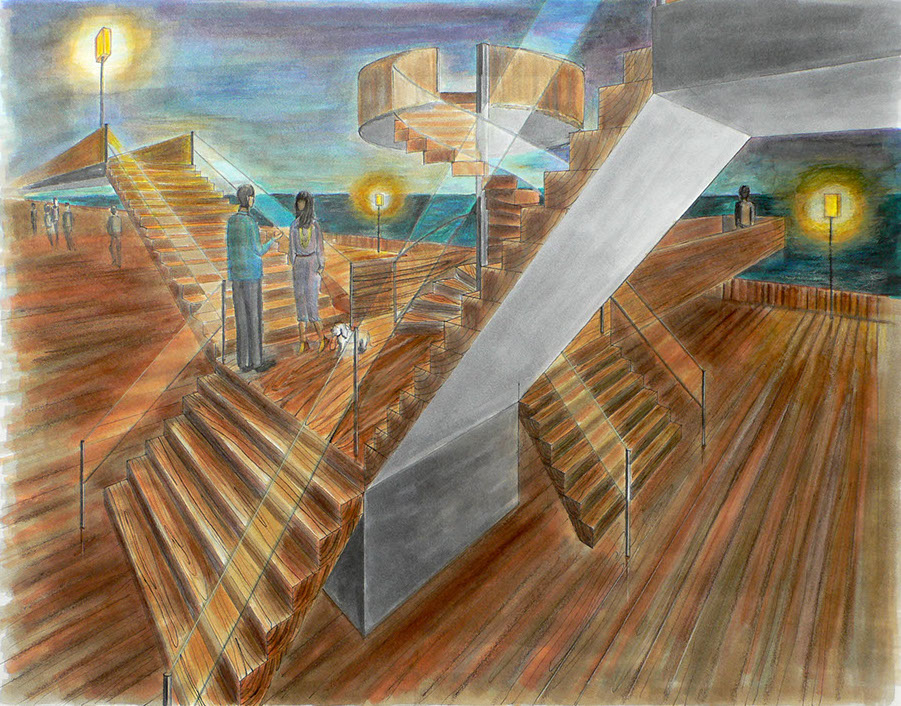
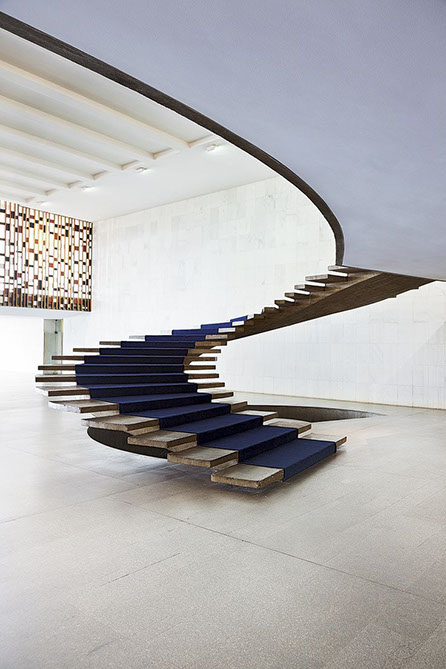
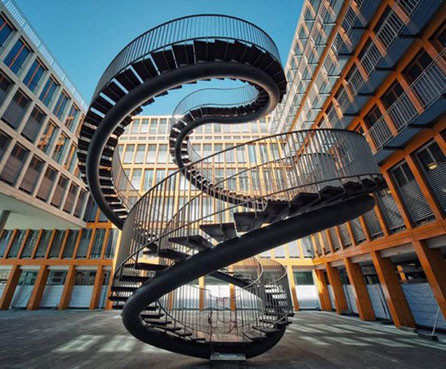
Brasilia. Oscar Niemeyer
Thomas Heatherwick Studio
BEYOND THE STAIRCASE — BLEACHERS, BUILDINGS, MERCHANDISE DISPLAYS
Once you understand the system, you can be creative about your designs and apply it to many other circumstances such as the examples below.
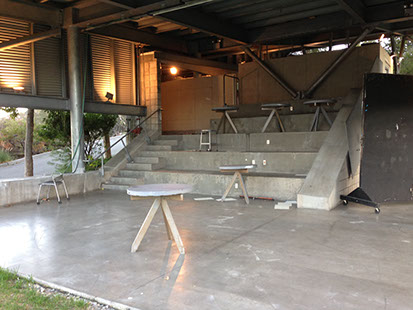
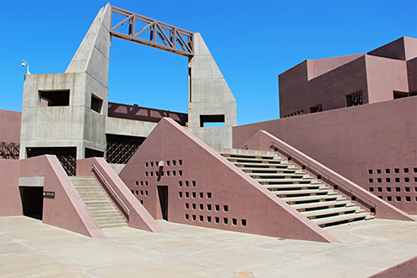
Sinclaire Garden Pavilion at Art Center, Hodgetts+Fung
Nelson Fine Arts Center, Antoine Predock
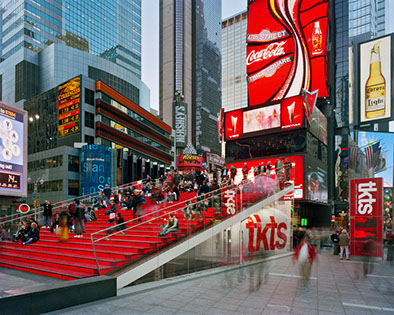
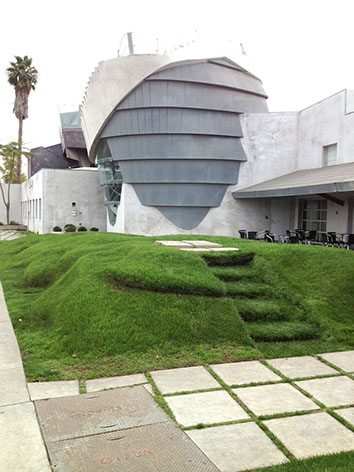
tkts by Nicholas Leahy with Perkins Eastman
Eric Owen Moss, Culver City
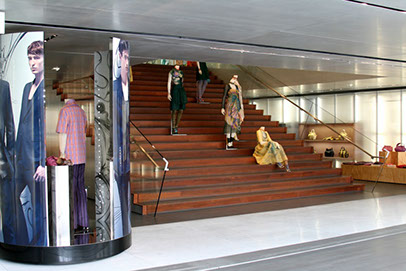
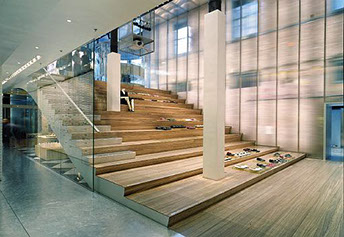
Prada Store, Beverly Hills. Rem Koolhaas/OMA
Prada Store, New York. Rem Koolhaas/OMA
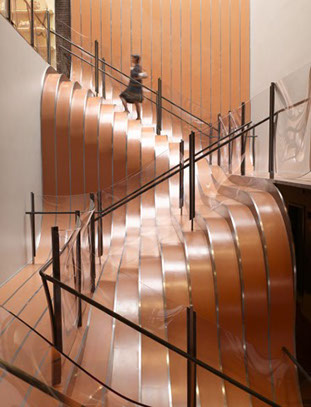
Longchamp Store, NYC. Thomas Heatherwick Studio
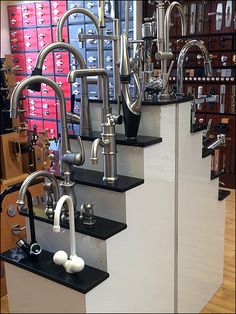

Merchandising displays. Designers unknown
^
* Estimate only. See instructor and calendar for specific due dates. Summer Session schedule is more compressed with one week equal to approximately two and half semester weeks.
CSULB | COTA | DEPARTMENT OF DESIGN | BIO

Questions, feedback, suggestions?
Email me with your recommendations.
©2020 Michael LaForte / Studio LaForte, All Rights Reserved. This site and all work shown here is purely for educational purposes only. Where ever possible student work has been used or original works by Michael LaForte.
Works by professionals found online or in publication are used as instructional aids in student understanding and growth and is credited everywhere possible.